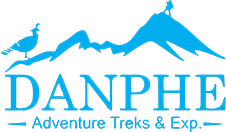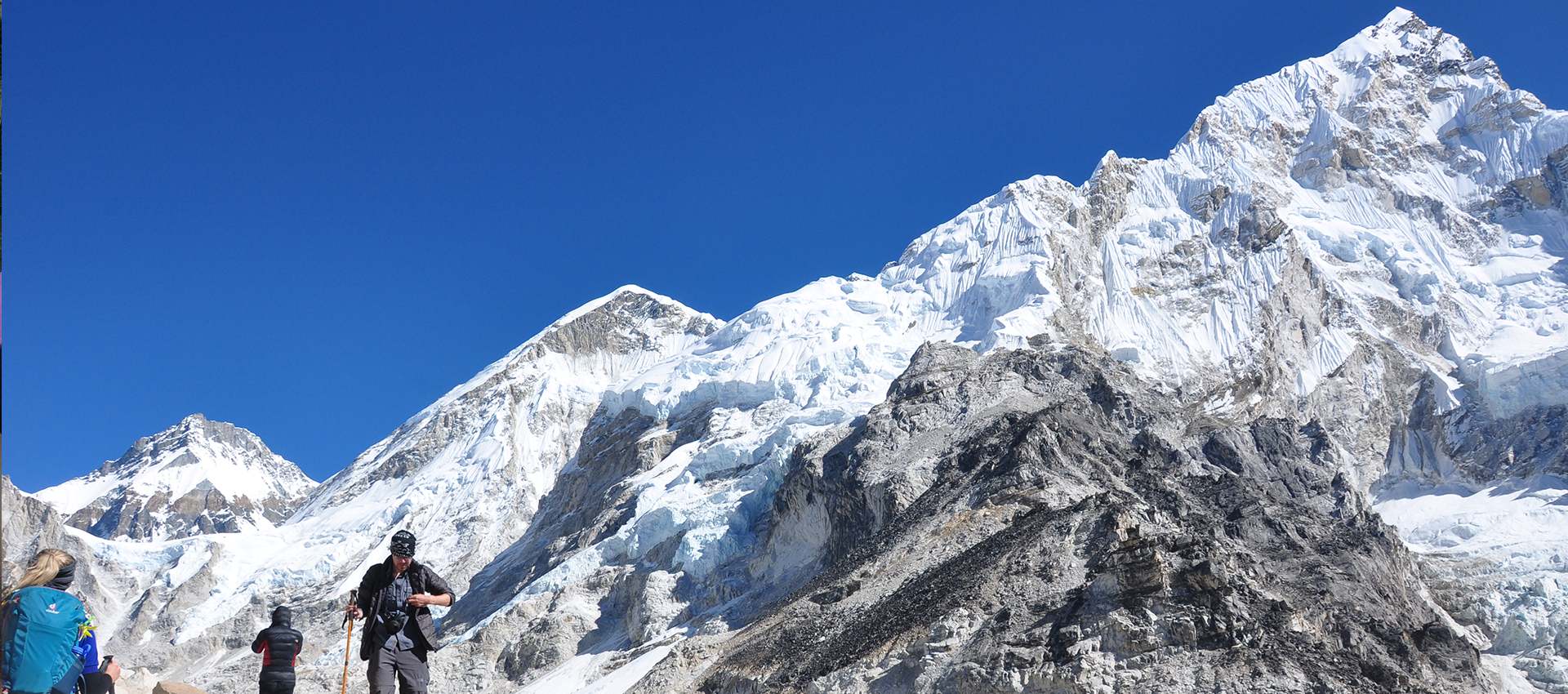Everest Base Camp Trek
Break off the shackles of worldly chores and head on an adventurous trip to the foot of the highest mountain on Earth- Mount Everest (8848m). Everest Base Camp Trek is one of the best trekking experiences in the World with a unique Himalayan adventure and captivating vistas of some of the highest peaks on Earth. This trekking experience in Khumbu region embroils crossing beautiful Sherpa settlement of Namche Bazaar and some of the best viewpoints including the Kalapatthar and Hotel Everest View.
The Everest Base Camp trek starts in Lukla, a high altitude transit town in the Solukhumbu region. Taking on the trails traversed by mighty souls who have scaled the Everest, the trek takes to Phakding and then to the famous Sherpa town and Himalayan trade point of Namche Bazaar. The town is a hub for trekkers and mountaineers who diverge onto their destinations spread across the region. Further ahead, this trek introduces a unique Tibetan lifestyle of Himalayan folks while lending a chance to devote to the spiritual side with visits to Tengboche Monastery and more. From Tengboche, the trek ascends through Dughla and Lobuche to reach Gorakshep.
An excursion of the Dudh Koshi valley in the Khumbu region is second only to the hike up top Kalapatthar which lends unparalleled views of Mount Lhotse (8414m), Cho Oyu (8188m), Pumori (7165m), Ama Dablam (6856m) and Thamserku (6608m). Then, the ultimate reward of standing tall at the base of Mount Everest is a moment worth all this effort. Majestic snow-covered peaks surround us in all directions as the isolated confines of the Himalayas are a load to the senses. The best months to take up this trek are March-May (Spring) and September-November (Autumn).
Danphe Adventure Treks brings you the world-famous Everest Basecamp trek that takes you on a worthwhile adventure into the Khumbu region of Nepal. We offer a host of trips and adventure packages around the country. We also assure you of quality service as our expert team will look after your safety while introducing you to the wonders of Nepal.
Trip Highlights
- Trek to the Base Camp of the highest mountain on Earth, Mount Everest (8848m).
- HimalayasExcursion of the Sagarmatha National Park.
- Experience the Sherpa culture and lifestyle.
- Panoramic mountain flight from Kathmandu to Lukla and back.
- Hike up a famous viewpoint of Kalapatthar and witness the exquisite display of Everest.
Trip Itinerary
-
Day 01: Arrival in Kathmandu | 1300m
-
Day 02: Kathmandu Sightseeing and Trek Preparation
-
Day 03: Fly from Kathmandu to Lukla | 2840m | and trek to Phakding | 2610m | 2-3 Hrs
-
Day 04: Trek from Phakding to Namche Bazaar | 3440m | 5-6 Hrs
-
Day 05: Acclimatization Day at Namche
-
Day 06: Trek from Namche Bazaar to Tengboche | 3860m
-
Day 07: Trek from Tengboche to Dingboche | 4410m
-
Day 08: Acclimatization Day at Dingboche
-
Day 09: Trek from Dingboche to Lobuche | 4910m
-
Day 10: Trek from Lobuche to Gorakshep| 5140m | via visiting Everest Base Camp | 5364m
-
Day 11: Hike up to Kalapatthar and trek down to Pheriche| 4240m
-
Day 12: Trek from Pheriche to Namche Bazaar | 3440m
-
Day 13: Trek from Namche to Lukla | 2840m
-
Day 14: Take a flight from Lukla to Kathmandu | 1300m
-
Day 15: Spare Day (In case of Bad weather) and Farewell dinner
-
Day 16: Departure
Trip Map
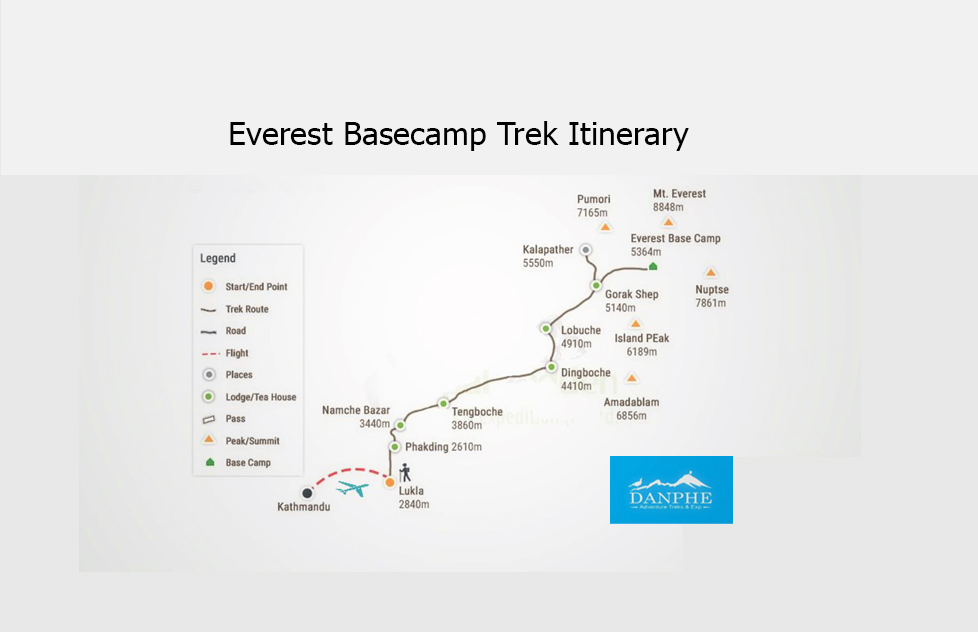
What's Included
- Airport Pickups and drops in a private vehicle.
- Hotel in Kathmandu and with breakfast as per the Itinerary.
- Cultural tour at Kathmandu with Guide in private vehicle.
- All meals (Breakfast, Lunch, and Dinner) during the trek.
- All Ground and Air Transportation during the Trek.
- An experienced, English speaking, and friendly guide and Porter (1 Porter 2 trekkers).
- Salary for the staff including their food, drinks, accommodation, and transportation.
- All necessary paper works, Conservation entry permits, and TIMS card.
- An arrangement for emergency helicopter service which will be paid by your travel insurance.
- Sleeping bag, down jacket and trekking map, if necessary,( to be returned after the trek)
- All government taxes, vat, and local taxes.
- Nepal entry visa fee. (You may easily issue the visa upon your arrival at Tribhuwan international airport (Kathmandu). You will require 2 passport size photos & 25 USD.
- International airfare.
- Your travel insurance (compulsory).
- Meals in Kathmandu
- Entry fees for cultural tours.
- Personal expenses (alcoholic, non-alcoholic drinks bar bills, battery charge, extra porter, boiled water shower, etc.).
- Tips for guide, porter and driver
Equipment List
List of Equipments required for Everest Base Camp Trek:
Head
- One Warm winter hat/beanie
- One Sun hat
- 1 Headband/buff
- 1 Sunglasses with UV protection
- One Headlamp/ Torch with extra batteries
Upper Body
- Two pairs of Fleece sweaters- one light and one heavier
- Two pairs of quick-drying long-sleeved base layer shirts
- Three pairs of Short sleeve trekking shirts
- One pair of Wind/rainproof Jacket v 1 Down Jacket
Lower Body
- One pair of trekking shorts
- A pair of trekking trousers
- One pair of lightweight thermal bottoms (seasonal)
- Two pairs of trekking pants with Ziff off bottoms
- One pair of fleece or woolen trousers
- One pair of waterproof pants, breathable fabric
Hands
- One pair of lightweight warm gloves
- A pair of poly-liner glove
Feet
- One pair of trekking boots
- A pair of sandals/ trainers (for wearing around the lodges)
- One pair of down booties (great for keeping feet warm)
- Two pair of thin lightweight inner socks
- Two pair of warm woolen or poly socks
- Gaiters (only in winter)
Other
- One Sleeping Bag
- 12 1 Sleeping bag liner (optional)
- 1 pair of trekking poles
- Water purification tablets/Steripen/Drops
- 1 quick drying towel
FAQs
-
What are the visa requirements?
-
What are the physical requirements for Everest Basecamp Trek?
-
How old do I need to be?
-
What is included?
-
What is the situation with the internal flight while going Everest Basecamp?
-
Can I use a helicopter if I need to?
-
What is the accommodation like?
-
Which meals are included?
-
What currency should I take?
-
Is there any bank or ATM facility in the Khumbu region?
-
Do I need insurance before the Everest BasecampTrek?
-
What kind of problems can arise at a higher altitude during Everest Basecamp Trek?
-
What should I pack?
-
What is the best time of year for Everest Basecamp trek?
Gallery
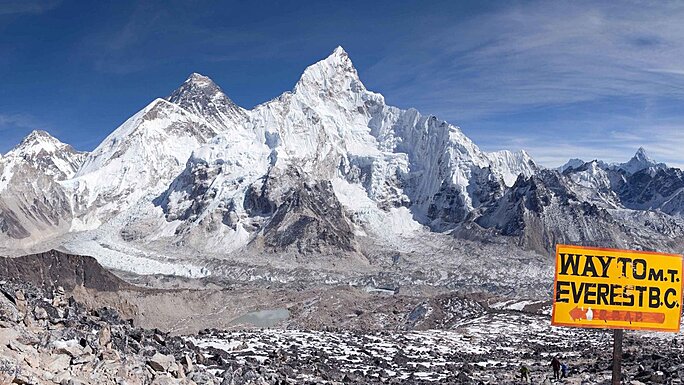
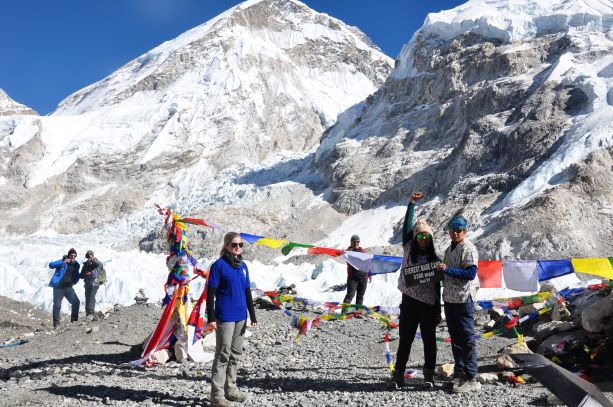
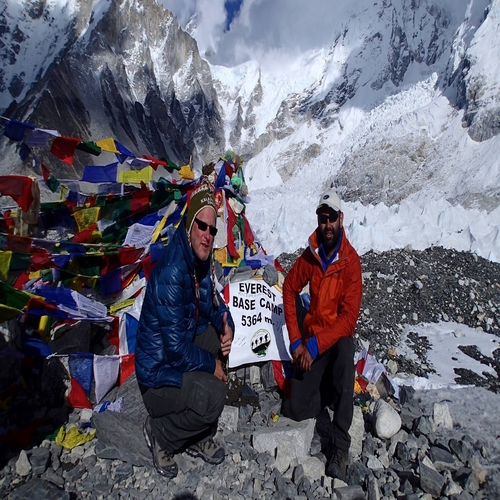
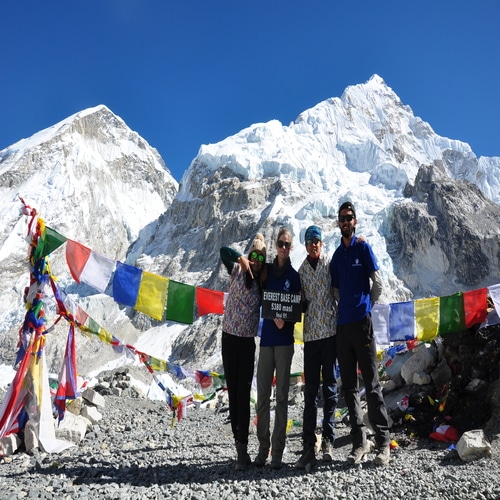
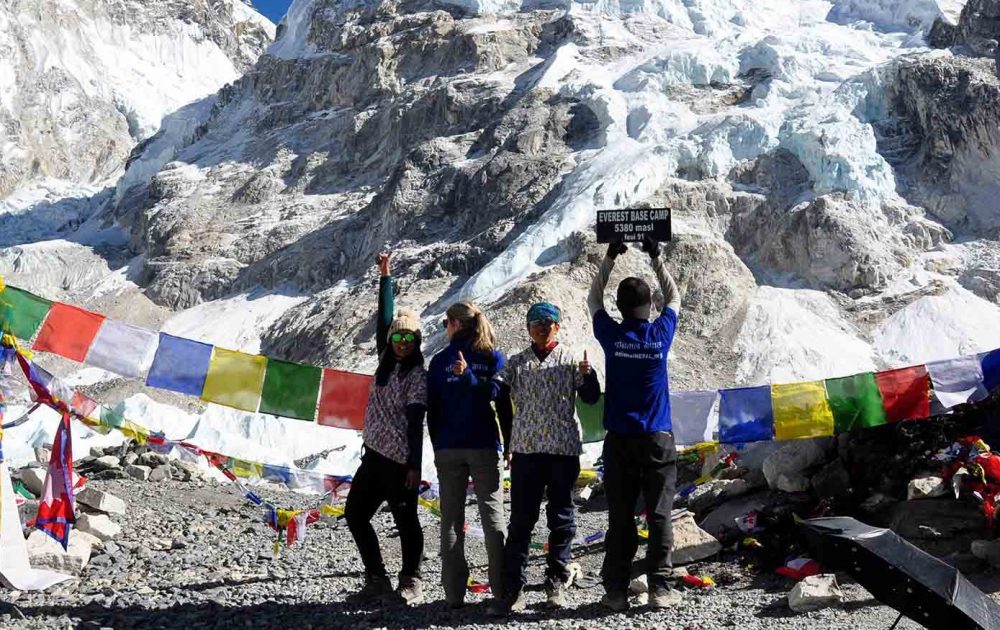
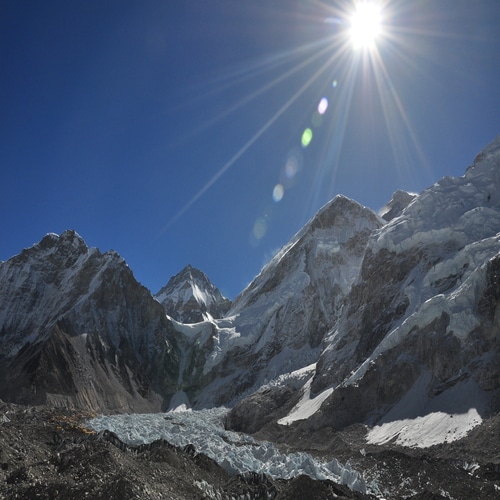
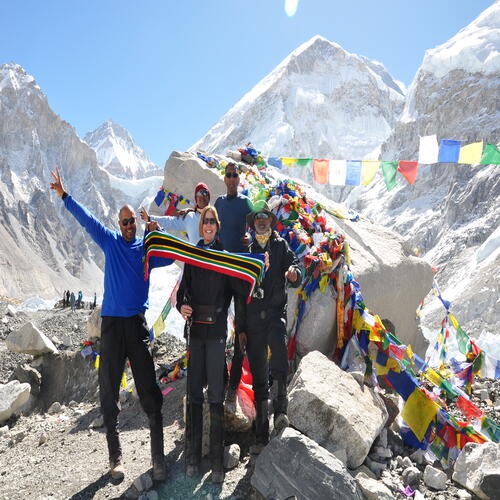
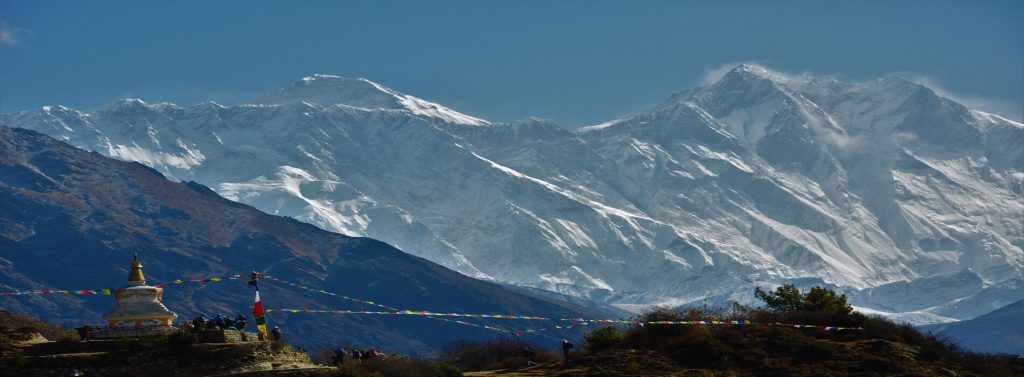
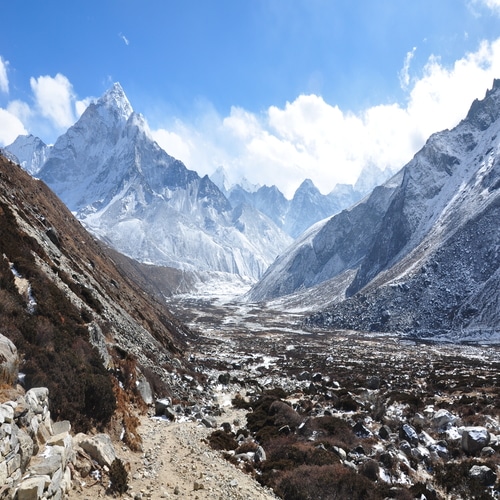

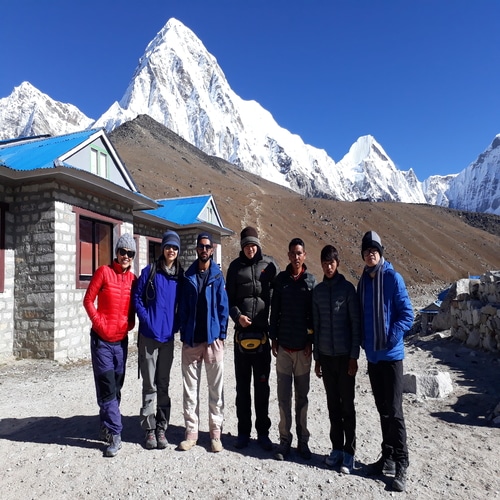
*All Inclusive Price*
$1500 USD
- Prompt Online Booking
- Well Arranged Itenary
- Group Discount Available
- Privacy Protected
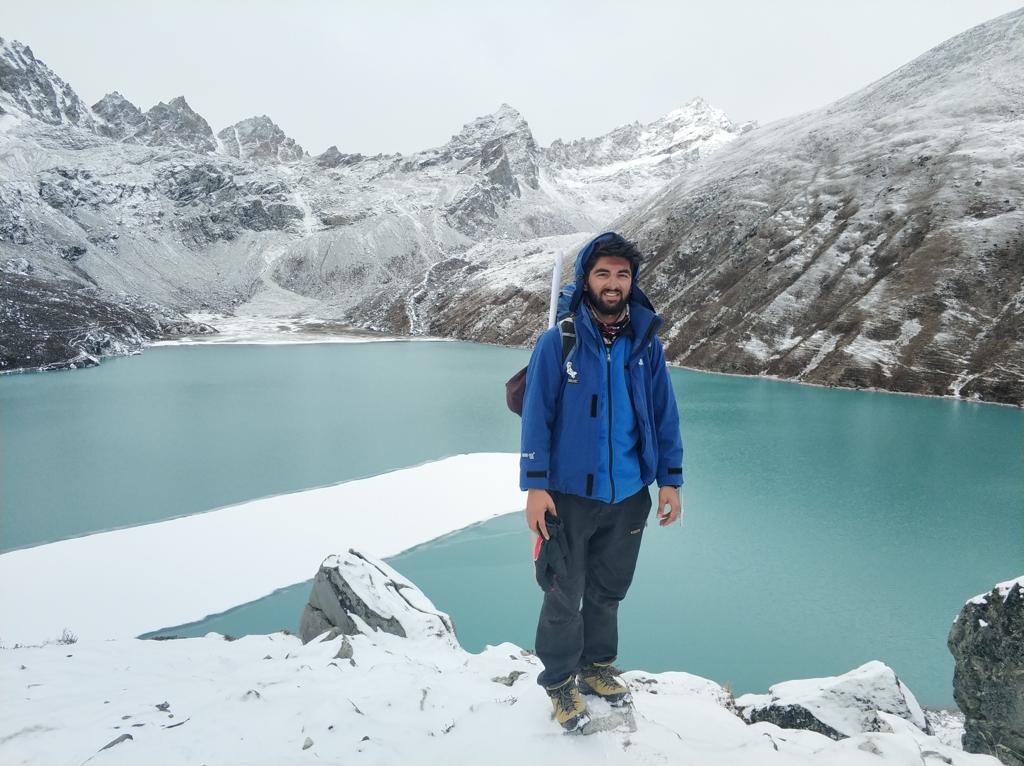
Any Question? Feel free to call our travel experts.
+977 9851203504
